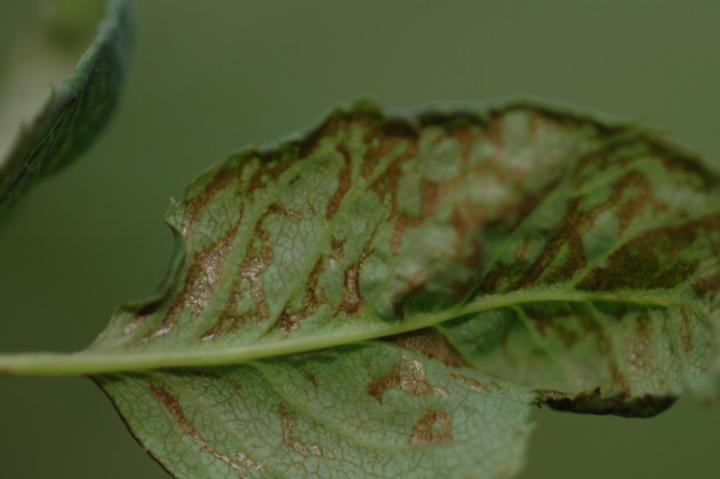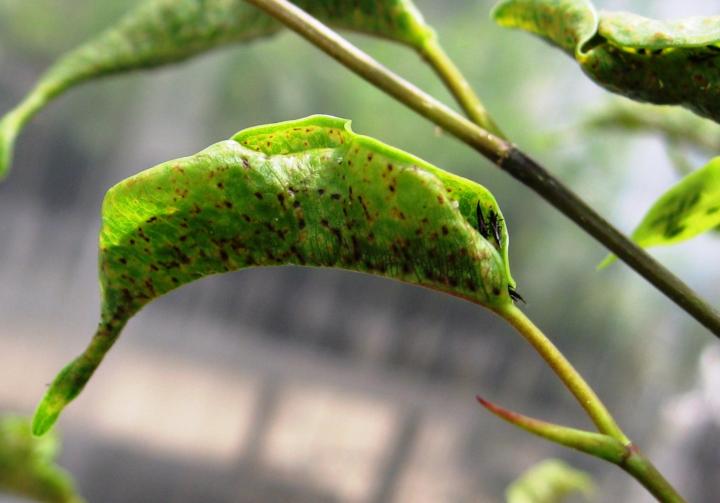
The Western flower thrips is one variety of thrips that can cause extensive damage on over 500 species of plants.
How to Identify and Get Rid of Thrips
ADVERTISEMENT
I do Rose Photography and plant them around San Diego CA. The most problem we have is Trips and Spider Mites. The trip goes inside Blossom and eats juice of Rose paddles and the top of Paddles becomes black. I use BioAdvanced just reduce them. Spider Mites is also used by this brand. the water around F 98 spray back leaves can reduce them. you can see my roses using this web address. https://www.flickr.com/photos/irajnz/51961058998/in/dateposted/
@karenhinds -
I'm having the same exact issue with them biting me. They are driving me crazy. Have you found anything that helps?
Ive never been biten..this ariticle has some good idead.
I am having a terrible time with bug bites.....Can you tell me if you have found any solution??
Thank you!
susan
Thanks yall...hppeffully, eveyone fnds answers.











Comments